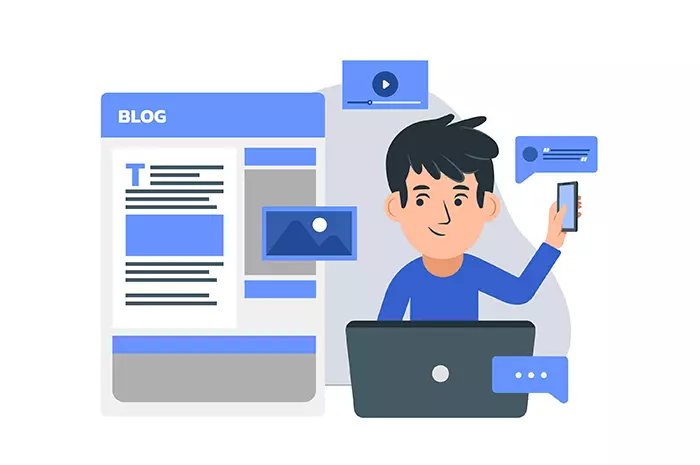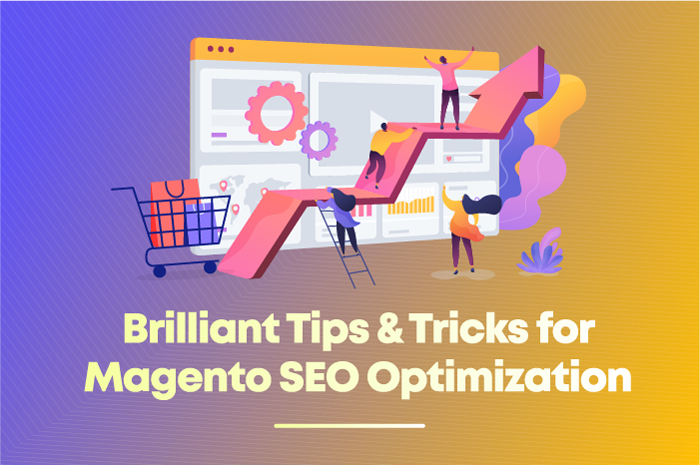Man in white and orange T-shirt wearing white and black VR goggles
Across the world, WordPress is synonymous with reliability. It is used by many of the most well-known businesses and organizations, including Disney, TIME, Sony Music, and NASA. But if you want to use (or develop) it properly, you need to be up to date on the latest WordPress updates.
We'll give you a rundown that's clear and to the point. Like you, we're fans of efficiency.
Introduction
A whopping 42% of the web utilizes WordPress (often abbreviated to WP), an open-source content management system (CMS). It's not hard to see why, since it has customizable designs and is SEO-friendly, accessible, and secure.
Why Should You Update WordPress?
Think of it this way: If you knew a criminal had access to the PIN code for your debit card, would you consider not changing the PIN?
It's a similar principle for WordPress. Updates do many things, including adding patches, enabling developers to fix bugs, and most importantly, fixing or upgrading security. Subsequently, a lack of updates leaves your website vulnerable to cybercriminals and hackers.
It is important to note that more plugins generally require more updates, which translates to more security threats if you do not update on time. Hence, you should try to remove any plug-ins that you do not use or that have become redundant.
The same goes for themes. The only theme you need is the one you are already using.
Ideally, you should update WordPress twice a month at the minimum. (Another answer you might hear from developers is: "As often as possible." That can sound frustrating, but it's also true.)
It is excellent if you have an experienced in-house team that you can rely on to safely update your WordPress. However, if you do not, it would be wise not to gamble with your website security. Request assistance from reliable WordPress development services, if you must.
What Kind of Updates Can You Expect?
Like any other software, WordPress has major releases and minor releases every so often. They can range from small bug fixes to major new improvements.
Minor releases occur as needed, but major releases typically happen two to three times per year. Furthermore, depending on where your site is hosted, your hosting company might automatically update your WP core. If it is not automatically updated, you can check for a notification in the backend of your site to see if there is an available update.
Whether you want to outsource WordPress development or have an in-house team, it is crucial to be aware of these changes for WordPress website development. If you are not, you risk your website being broken.
So what are the newest WordPress updates that should be on your business' radar?
The Latest WordPress Updates
WordPress 5.8
The 5.8 "Tatum" (named after Art Tatum) has been made available for download or update. Some of the main features include:
-
Manage widgets with blocks: Add blocks with live preview and in widget areas on your site. This offers fresh opportunities to create content, including no-code miniature layouts and the library of third-party and core blocks.
-
Display posts based on specific parameters: This is made possible by the Query Loop Block. You can easily display posts from a particular category, for doing things such as creating a portfolio. There are also pattern suggestions that allow you to more easily create posts with designs you want.
-
Edit the templates for your content: You can use the block editor for this. There are over 20 new blocks within compatible themes.
Gutenberg 11.1
Gutenberg 11.1 (also referred to as 11.1.0, so don't get confused) gives you the ability to easily edit a block border and enables support for drag and drop for the List View component. It also includes many bug fixes pertaining to the Block Library and Widgets Editor.
Some of its various enhancements include:
Chevron icon for breadcrumb separators.
Ability to change number of tags shown in Tag Cloud Block.
Enables columns sans mobile breakpoints.
What Else Is New For WordPress?
WordPress 5.8 and Gutenberg 11.1 are the main changes you need to know about, but there's more on the table for WordPress.
-
Better automation is expected: WordPress has not been without its issues in automation. With WordPress 5.5 in 2020, site owners could turn on auto-updates for individual themes and plugins directly from the admin dashboard.
Unfortunately, an error sent live sites into alpha release – including those that had not opted for auto-updates. Due to concerns about such bugs and also security, there may be further updates to automation.
-
Improvements regarding eCommerce: With the rise of eCommerce, especially since the COVID-19 pandemic, we can perhaps expect to see new payment methods, enhanced eCommerce integrations, and safer checkout processes.
-
Accessibility: Some developments in this area include captioned media, voice search, and simpler navigation. If you want to know more, here's the lowdown on web accessibility standards so you can give all your customers – not just able-bodied ones – the experience they deserve.
What do you think will be WordPress' next big update? Tell everyone in the comments!
How to Update WordPress
Before you begin an update process, you should always:
Back up your website
Turn of caching
Update your theme frameworks and plugin
There are a couple of ways you can update your WordPress: manual and automatic. We'll give you a brief overview of both.
Manual – Using FTP
This process requires that you go to the backend of your WP website, and should ideally be reserved for WordPress developers or professionals. An error here could lead to a broken website.
FTP is a software that lets you connect your website's server to your computer. This way, you will have access to your website's files.
To manually update WordPress, you need your FTP or SFTP credentials. These can be fetched from your web hosting account. If you cannot find them, you can contact the web host support.
Automatic
You can enable a feature on WordPress that will automatically install updates each time one becomes available.
However, we recommend testing updates before automating them, especially if they are major. For minor updates, the automatic feature is a good idea to enable.
What if You Want to Update a Custom WordPress Theme?
Suppose you have already edited a theme and want to update it without losing all your changes. For this, you need to remember which files you edited.
The safest way to update an edited theme is by creating a child theme with the theme files that you have edited. In this child theme, you can add your customizations.
Furthermore, if you need to make more changes at a later date, make sure you use the child theme and not the parent theme.
Conclusion
We hope this article has brought you up to speed on the latest WordPress updates, so your business can thrive like it deserves.
If you need experienced WordPress backend developers, BluEnt is just a click away. We've been around since 2003 and know the ins and outs of WordPress development.
Whether your business requires WordPress plugin development, WordPress migration, custom WordPress theme design, or a range of other services, we've got you covered.
We serve construction companies, consulting magazines, blogs, PR companies, nonprofits, sports associations, and funded startups.
Ready to take your business to the next level with WordPress development services? Contact us now!



 Proven Magento SEO Tips to Rank High on Search Engines
Proven Magento SEO Tips to Rank High on Search Engines  10 Best Magento Extensions to Achieve eCommerce Excellence.
10 Best Magento Extensions to Achieve eCommerce Excellence.  Magento vs Shopify: The Battle of the eCommerce Titans
Magento vs Shopify: The Battle of the eCommerce Titans  Unlock the power of ChatGPT for business data analytics!
Unlock the power of ChatGPT for business data analytics! 